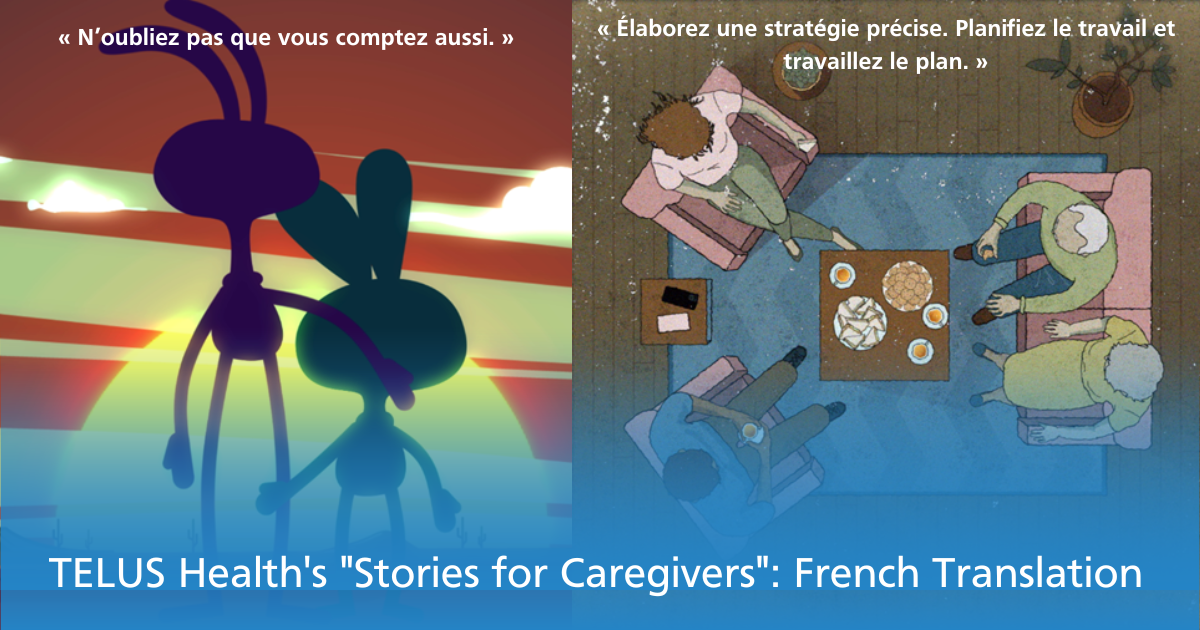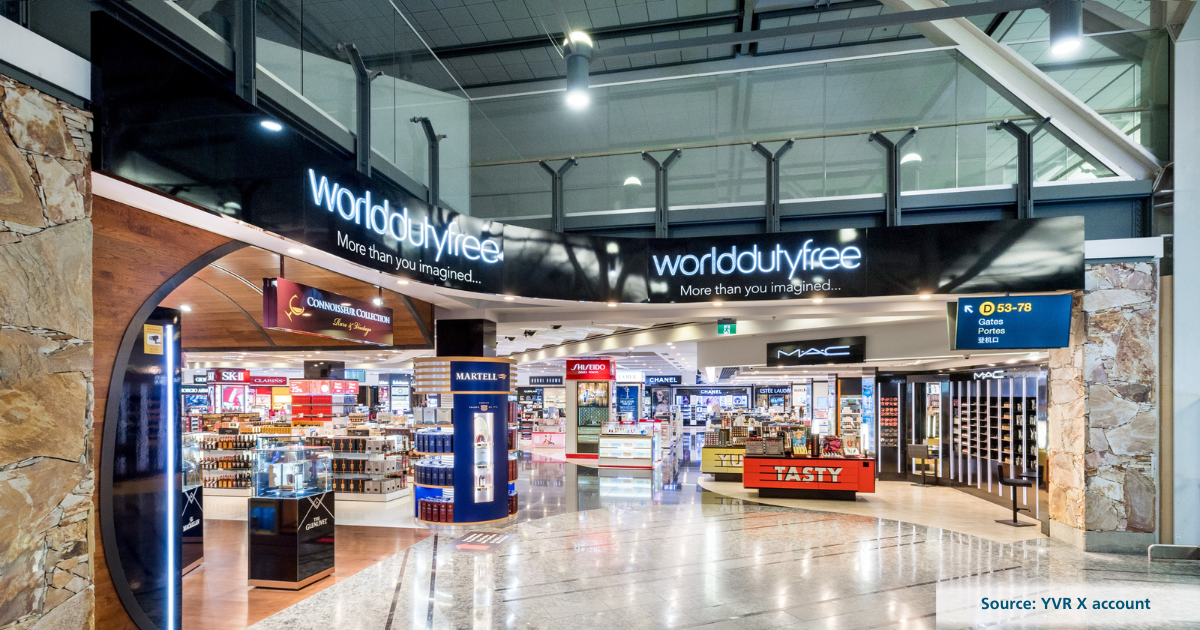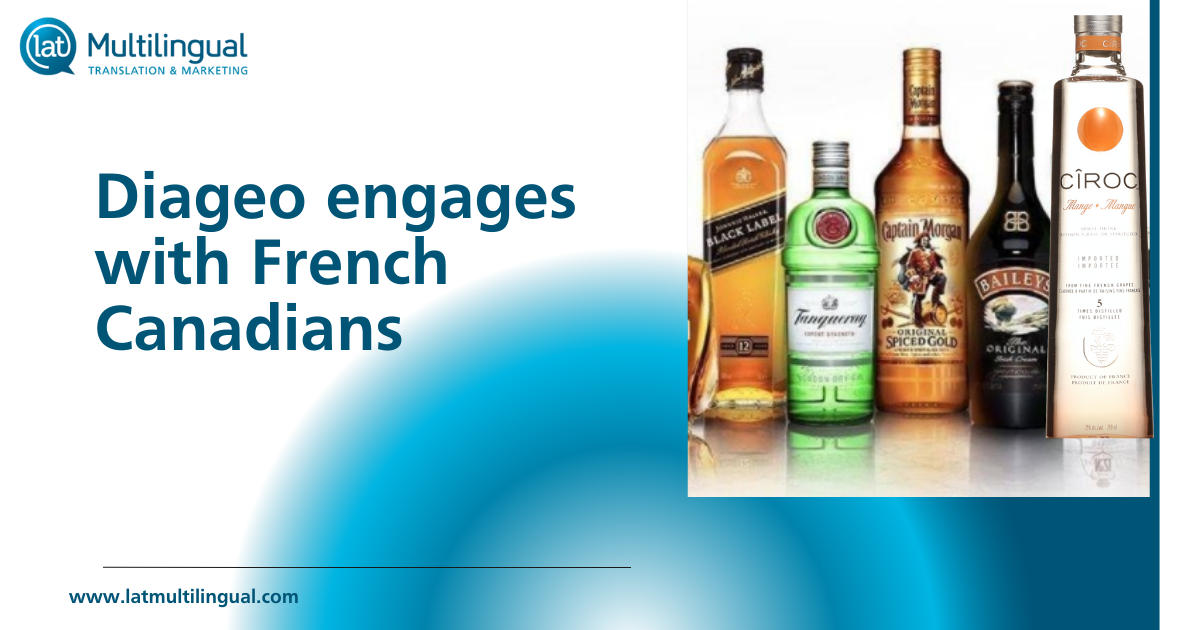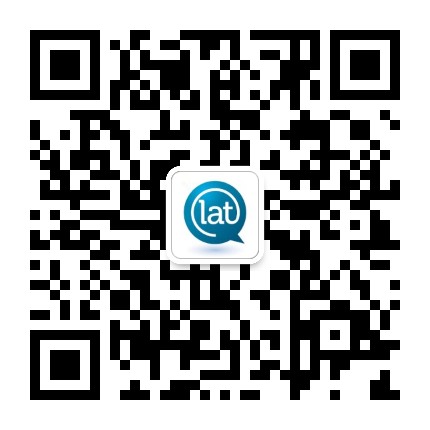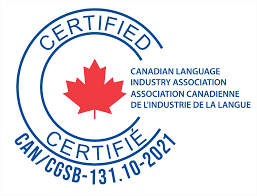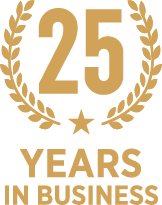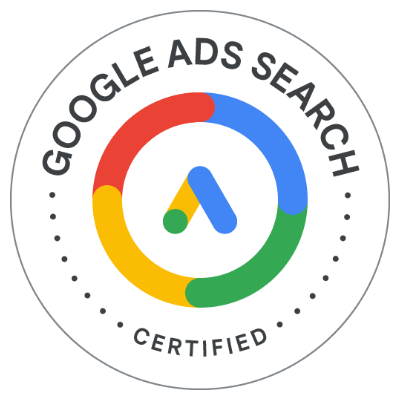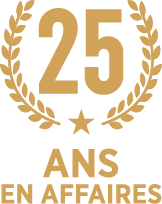The Importance of Creating Accessible & Inclusive Content

According to the Canadian Survey on Disability (CSD), over 22% of people in Canada live with a disability. Most are related to mental health or age, and 7.4% are seeing disabilities.
Visual disabilities range from mild or moderate vision loss in one or both eyes (“low vision”) to substantial vision loss in both eyes (“blindness”). Some people have reduced or lack of sensitivity to certain colours (often called “colour blindness”), or increased sensitivity to bright colours (source: w3.org).
(Here’s a video that provides more information about visual disabilities here)
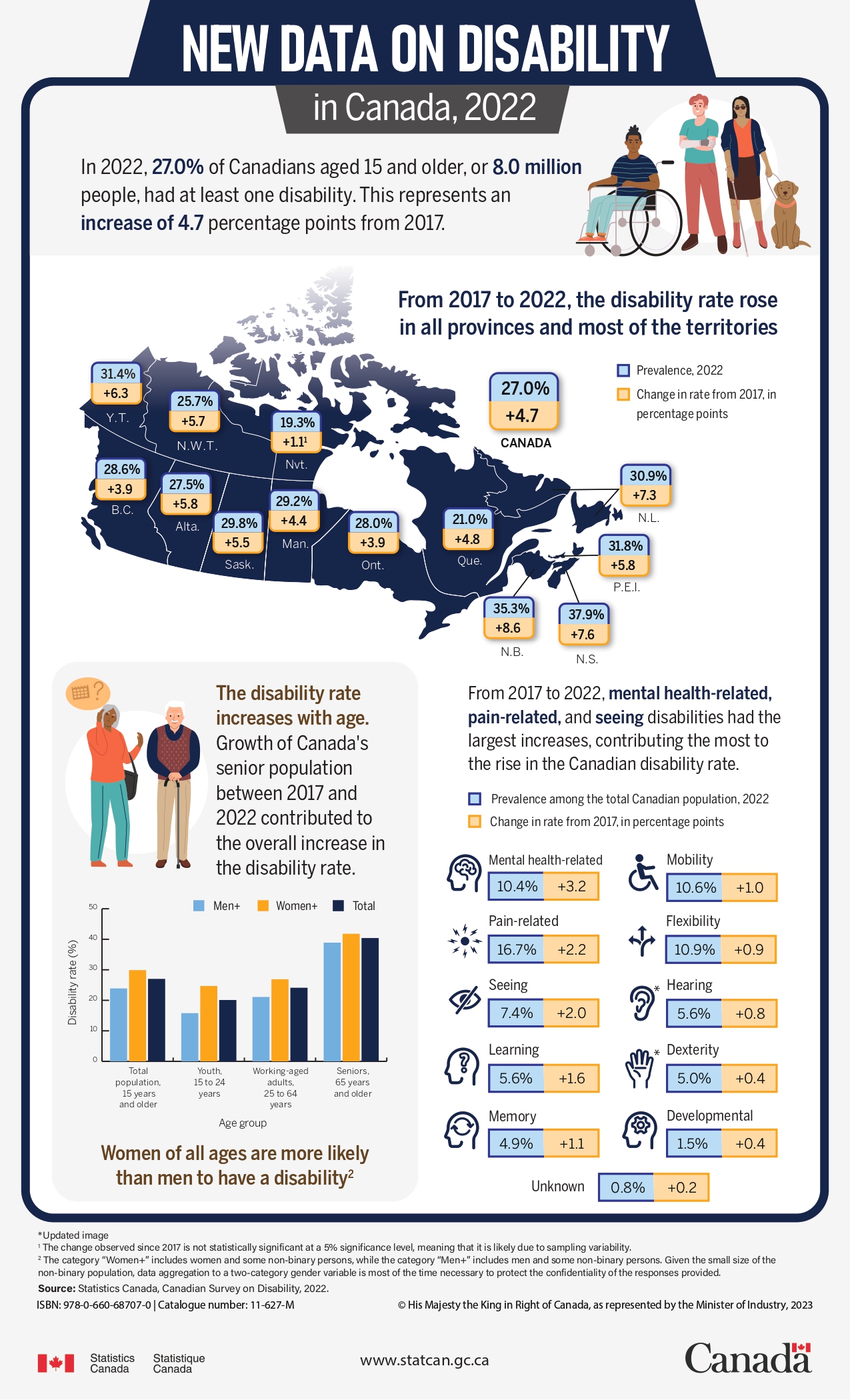
To mitigate the challenges of accessing information or opportunities for those with diverse abilities, organizations are increasingly aligning with norms and standards created by the W3C Web Accessibility Initiative (WAI).
Digital accessibility ensures that products, devices, services, or environments are designed to be usable by people of all abilities. In the context of the web, this means making websites and documents accessible to users with visual, auditory, motor, and cognitive impairments.
The Web Content Accessibility Guidelines (WCAG) provide a comprehensive framework to achieve this. It includes considerations for users with blindness or low vision, hearing loss, limited movement, and other challenges. Following these guidelines not only enhances user experience but also improves SEO and broadens audience reach.
Digital accessibility is about more than compliance—it's about ensuring your organization implements and promotes inclusive practices.
Inclusively designed content serves everyone equally, without the need for specialized adaptations. This approach reflects a commitment to equal access, aligning with the core values of public service and ethical business practices.
The Challenge
A branch of the Ontario government was looking for a language services partner to produce bilingual annual reports that met the highest standards of accessibility and inclusivity, aligning with WCAG 2.0 Level AA standards. These reports needed to be on brand and had to be edited, translated, designed, and formatted while maintaining top quality and consistency.
The Solution
LAT Multilingual is delighted to be selected to manage the entire process for 3 consecutive years. Our work consists of editing the source text, designing the document following the WCAG 2.0 guidelines, and creating a French version. Our comprehensive approach fulfills all aspects of the project requirements:
- Accessibility & Inclusivity:
- WCAG Compliance: We ensured all documents adhered to WCAG 2.0 Level AA standards.
- Design Principles: User-centric design, with features like adjustable colour, font size, easy navigation, and alternative text for visual content.
- Efficient Workflow and Quality Assurance:
- Streamlined Process: A robust workflow, covering document assessment, file preparation, translation, proofreading, editing, typesetting, and quality assurance.
- Expert Team: Certified translators with native-language proficiency and extensive experience in translation.
- Rigorous Quality Control: A multi-step quality assurance process, including proofreading, editing, and final validation.
The Result
LAT Multilingual successfully delivered annual reports that were not only informative and visually appealing but also fully accessible to a diverse audience.
The client has been delighted with our team’s responsiveness to comments and adjustments requested along the way. We believe that working closely with clients ensures deliverables will not only meet expectations but quite often exceed them.


